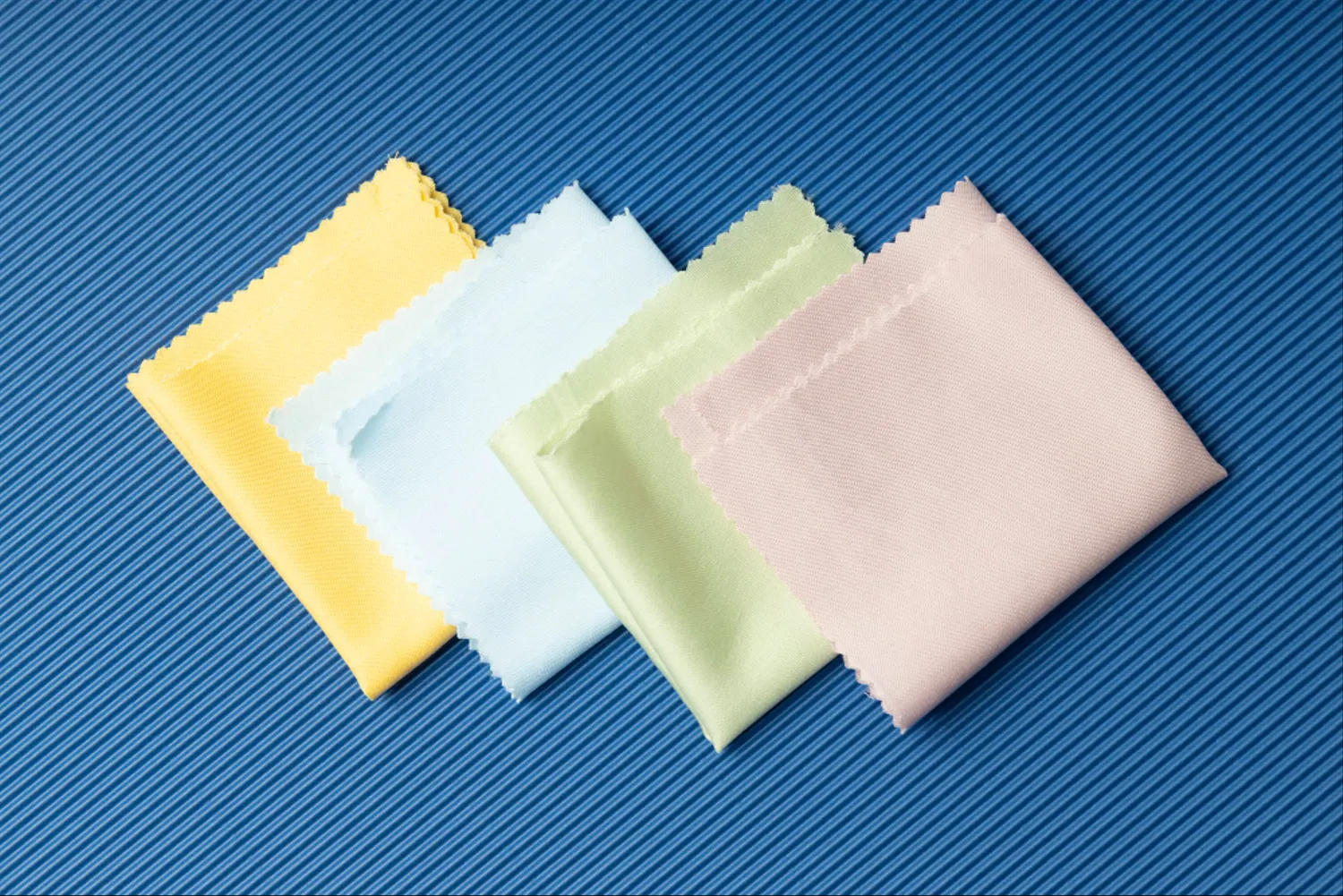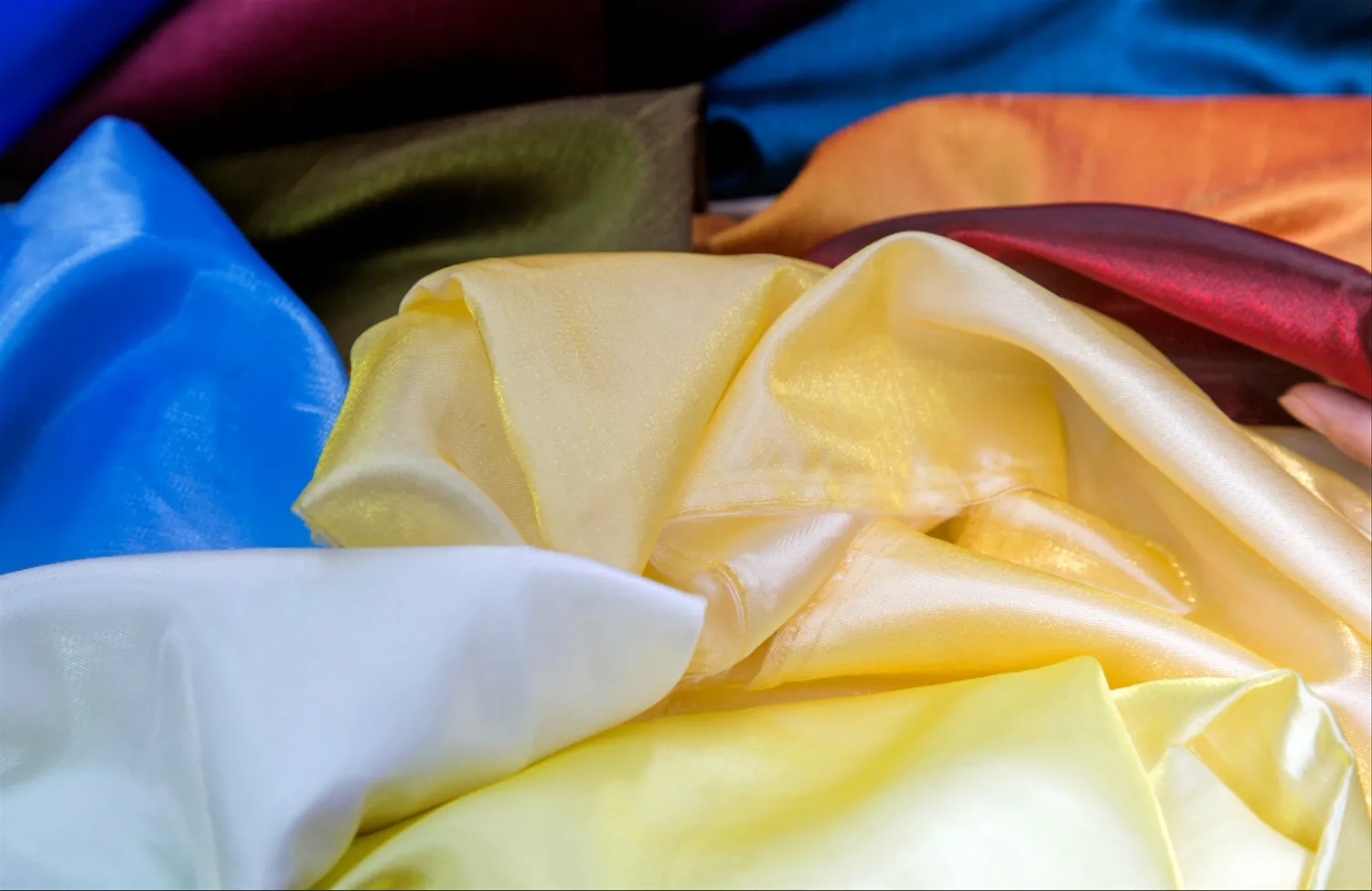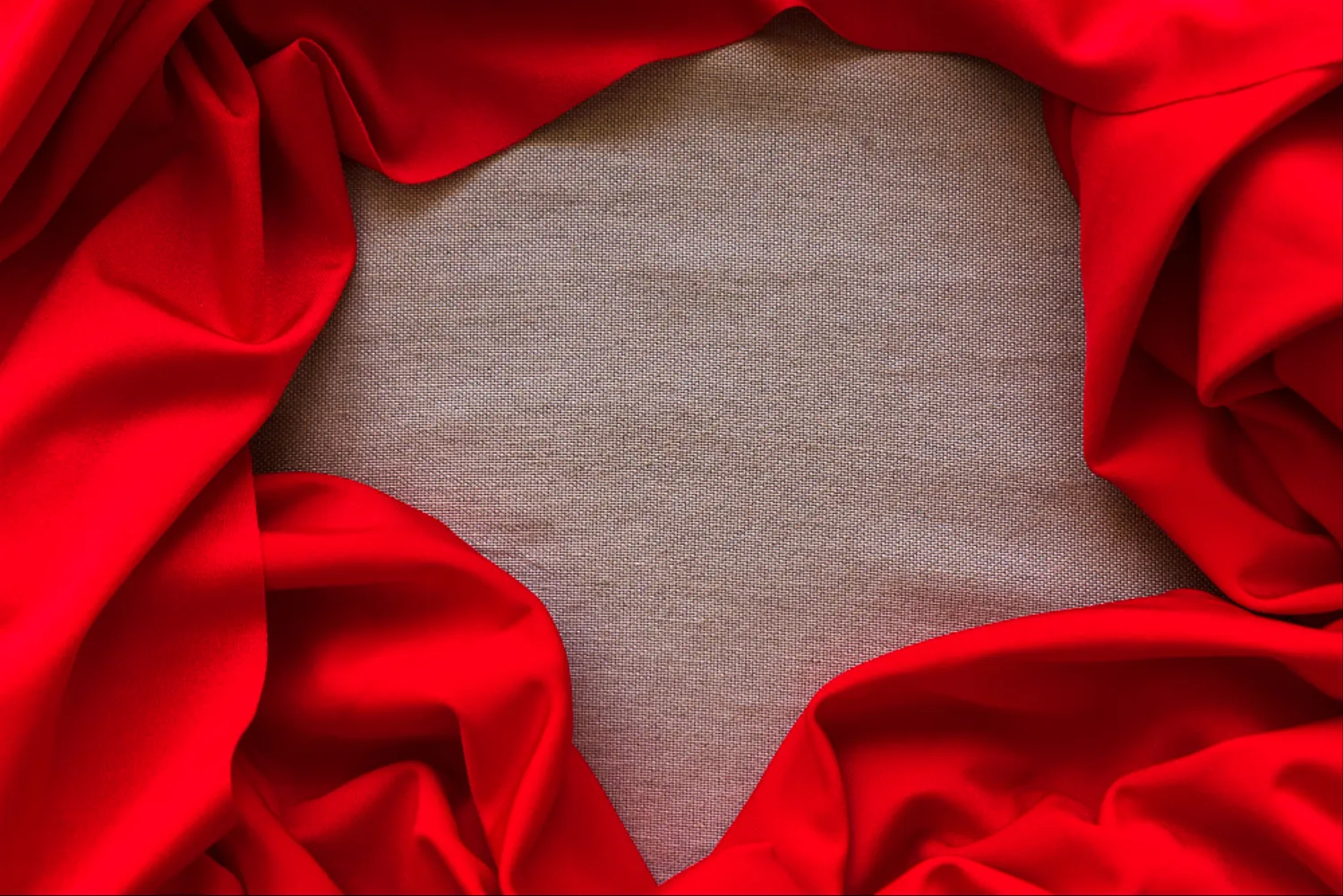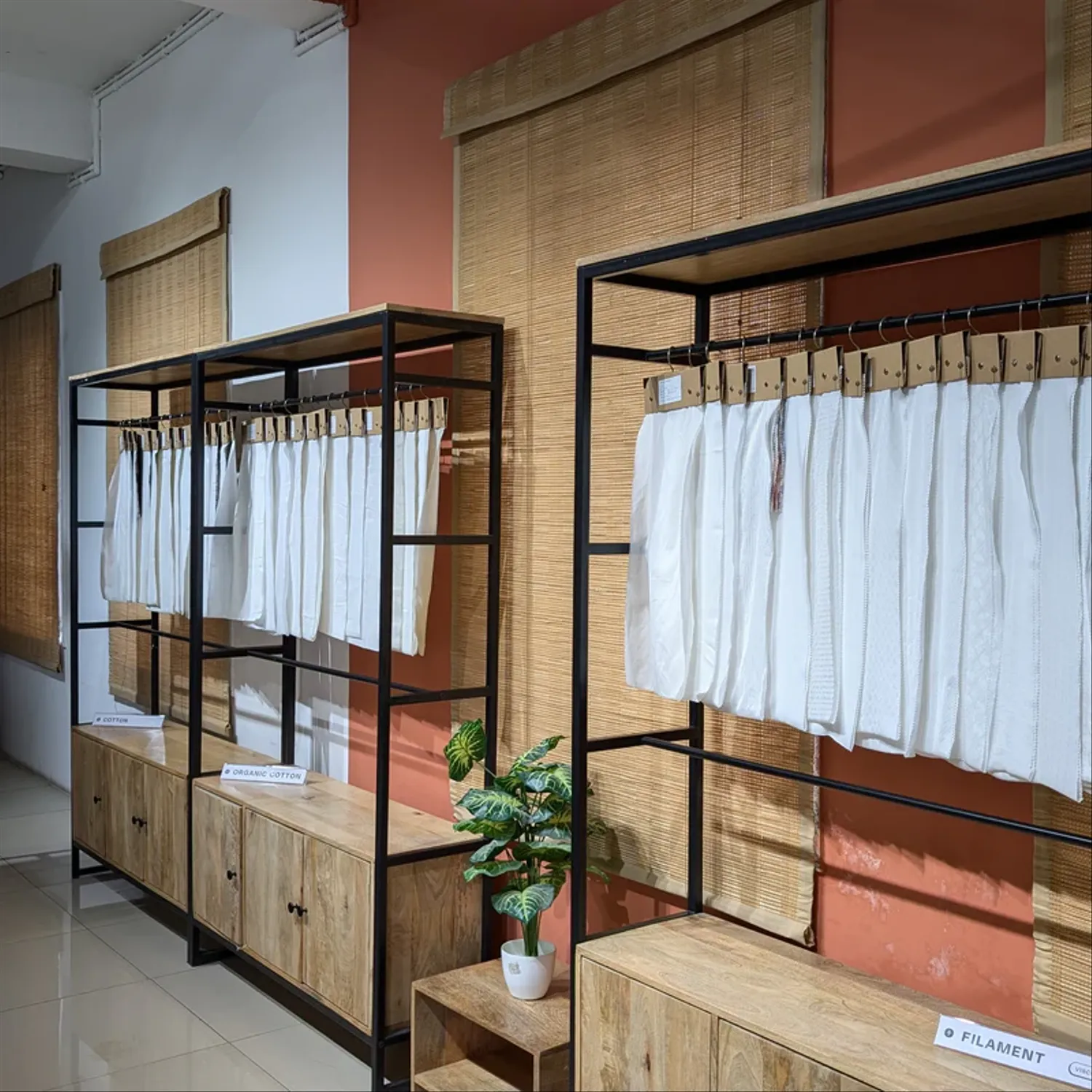
India stands as the world's second-largest producer of raw silk, with a textile heritage spanning centuries. The country's vast manufacturing network, skilled artisans, and competitive pricing make it an attractive destination for businesses looking to buy silk fabric wholesale.
Sourcing silk fabric from Indian suppliers offers significant advantages: access to premium quality materials, diverse silk varieties, cost-effective pricing, and flexible minimum order quantities. Whether you run a fashion brand, operate a boutique, or manage a textile business, Indian suppliers can meet your bulk fabric requirements efficiently.
This comprehensive guide walks you through the complete process of buying wholesale silk fabric from Indian suppliers. You'll learn how to identify reliable vendors, evaluate fabric quality, negotiate pricing, and manage logistics to ensure smooth transactions without delays or quality issues.
Why India Leads Global Silk Fabric Production
India produces approximately 30,000 metric tons of raw silk annually, accounting for nearly 18% of global production. The country's silk industry employs over 8.5 million people across different states, creating a robust supply chain that supports both domestic and international markets.
Indian silk production spans four major varieties: Mulberry silk (which accounts for 70% of total production), Tussar silk, Eri silk, and Muga silk. Each type offers unique characteristics suited for different applications, from luxury fashion to home textiles.
Different Indian states specialize in specific silk types and weaving techniques. Varanasi produces fine Banarasi silk with intricate gold thread work, while Karnataka leads in mulberry silk production. Tamil Nadu specializes in Kanchipuram silk sarees, and Bhagalpur in Bihar is famous for Tussar silk manufacturing.
The production costs in India remain 30-40% lower than European suppliers and 15-20% lower than Chinese manufacturers. This cost advantage stems from lower labor costs, abundant raw materials, and government support for textile exports. When you buy fabric online from Indian suppliers, these savings translate directly into better profit margins for your business.
Choose the Right Silk Type for Your Requirements

Mulberry silk represents the premium segment with its smooth texture, natural sheen, and excellent drape. This silk works perfectly for evening wear, blouses, scarves, and luxury garments. The fiber strength and uniformity make it ideal for digital printing and embroidery work.
Tussar silk offers a more textured appearance with natural gold tones. Its slightly coarse texture and irregular weave create unique visual appeal, making it suitable for ethnic wear, curtains, and upholstery. Tussar silk accepts dyes differently, creating subtle color variations that add character to finished products.
Raw silk, also called dupion silk, features a nubby texture with occasional slubs. This characteristic gives raw silk a rustic charm perfect for jackets, blazers, and Indo-western garments. The fabric's structure provides good body and shape retention.
Silk blends combine silk with cotton, viscose, or synthetic fibers to create cost-effective alternatives. Cotton-silk blends offer breathability and easy care, while viscose-silk blends provide drape and affordability. These options work well for casual wear and large-volume orders where cost control matters.
When you buy silk fabric wholesale, consider your target market and end-use applications. Fashion brands targeting luxury segments should focus on pure mulberry silk, while those serving broader markets can benefit from silk blends that offer similar aesthetics at lower price points.
Find Reliable Wholesale Silk Fabric Suppliers
Fabriclore stands out as India's leading fabric supplier, offering comprehensive silk collections with customization options. Their tech-enabled platform provides transparent pricing, quality assurance, and reliable delivery timelines for international buyers.
Other platforms worth considering include IndiaMART, TradeIndia, and ExportersIndia. These B2B marketplaces host numerous silk fabric manufacturers and traders, allowing you to compare options and negotiate directly with suppliers.
Trade shows provide excellent opportunities to meet suppliers face-to-face. The India International Garment Fair (IIGF), Yarn Expo, and Surat Textile Fair attract major silk fabric manufacturers. These events allow you to examine fabric quality firsthand and build relationships with potential suppliers.
When evaluating suppliers, distinguish between manufacturers, mill representatives, and traders. Direct manufacturers typically offer better pricing and customization options, while traders provide wider variety but at higher costs. Mill representatives offer good pricing with quality assurance from established textile mills.
Check supplier credentials carefully. Look for companies with 5+ years in business, export experience, and established client relationships. Request client references and verify their export documentation to ensure smooth international transactions.
Request Samples and Evaluate Quality

Never place bulk orders without testing fabric samples first. Quality evaluation through physical samples prevents costly mistakes and ensures the fabric meets your specifications. Most Indian suppliers provide samples within 3-5 business days for their stock items.
Evaluate fabric samples systematically. Check weave tightness by holding the fabric against light - high-quality silk shows consistent weave density without gaps. Test dye quality by rubbing a white cloth against the fabric; good dyeing shows minimal color transfer.
Assess the fabric's GSM (grams per square meter) using a fabric scale. Standard silk fabrics range from 60-120 GSM depending on the application. Lighter weights suit scarves and linings, while heavier weights work for jackets and upholstery.
Request color cards showing the supplier's standard color palette. This helps you plan collections and understand their dyeing capabilities. Ask about custom color matching services and minimum quantities for special dyeing.
For first-time suppliers, order 10-50 meters of each fabric type you're considering. This allows proper evaluation while keeping sample costs manageable. When you buy fabric online, reputable suppliers offer sample refunds if you place bulk orders later.
Understand MOQ, Pricing, and Customization
Indian silk fabric suppliers typically offer lower minimum order quantities compared to Chinese manufacturers. Standard MOQs range from 50-500 meters per design, making them accessible for small and medium-sized businesses.
Pricing structures usually follow tier-based systems. Orders of 100-500 meters receive basic wholesale rates, while 500-1000 meters qualify for better pricing. Orders exceeding 1000 meters often unlock the best rates and additional services.
Many Indian suppliers offer value-added services including custom dyeing, digital printing, hand embroidery, and block printing. These services allow you to create unique products without managing multiple vendors. Factor these services into your costing when comparing suppliers.
Negotiate payment terms that protect both parties. Common arrangements include 30-50% advance payment with balance against shipping documents. Letter of credit (LC) arrangements work well for larger orders, providing security for both buyer and seller.
When you buy silk fabric wholesale in larger quantities, request volume discounts and extended payment terms. Established suppliers often provide 15-30 day credit terms for repeat customers with good payment history.
Verify Supplier Credentials and Compliance

Proper documentation ensures smooth customs clearance and establishes supplier legitimacy. Request copies of the supplier's company registration, GST certificate, and Import-Export Code (IEC). These documents verify their legal status and export authorization.
International buyers increasingly require compliance certifications. OEKO-TEX Standard 100 certifies that fabrics are free from harmful chemicals. GOTS (Global Organic Textile Standard) applies to organic silk products. ISO certifications indicate quality management systems.
Ask for references from existing international clients, particularly those in your region. Contact these references to understand the supplier's communication style, delivery performance, and problem-resolution approach.
Review the supplier's export experience and shipping capabilities. Suppliers with 3+ years of international shipping understand documentation requirements, packaging standards, and logistics coordination better than domestic-only suppliers.
US, UK, and UAE buyers should specifically ask about suppliers' experience with their respective customs requirements. Some suppliers specialize in specific markets and understand regional compliance needs better.
Master Logistics, Shipping, and Payment Terms
Shipping timelines vary significantly based on fabric availability and customization requirements. Stock items typically ship within 7-10 days, while custom-dyed or printed fabrics require 20-30 days production time plus shipping.
Choose shipping methods based on urgency and budget. Air freight takes 5-7 days but costs 3-4 times more than sea freight. Sea freight requires 15-25 days depending on destination but offers substantial cost savings for larger shipments.
Understand Incoterms clearly before finalizing orders. Ex-Works (EXW) means you handle all shipping arrangements and costs. FOB (Free on Board) includes delivery to the port, while CIF (Cost, Insurance, and Freight) covers delivery to your port including insurance.
Payment terms significantly impact cash flow and risk exposure. New suppliers typically require 50-70% advance payment, while established relationships allow 30% advance with balance against documents. PayPal and bank transfers work for smaller amounts, while larger orders may require LC arrangements.
When you buy fabric online, ensure proper packaging to prevent damage during transit. Silk fabrics require moisture-proof packaging and proper folding to prevent creases. Discuss packaging requirements upfront to avoid arrival issues.
Ensure Quality Support and Risk Management

Establish clear quality standards and acceptance criteria before placing orders. Document fabric specifications including GSM, width, color references, and finishing requirements. This prevents disputes and ensures consistent quality across shipments.
Understand the supplier's quality control process. Reputable suppliers inspect fabrics before shipping and provide quality certificates. Some offer third-party inspection services for additional assurance.
Clarify return and replacement policies upfront. Professional suppliers typically accept returns for manufacturing defects or significant deviations from approved samples. Understand who bears return shipping costs and replacement timelines.
Test the supplier's communication responsiveness during the sampling phase. Suppliers who respond promptly to queries and provide regular updates during sampling typically maintain this service level for bulk orders.
Document all agreements in writing, including specifications, pricing, delivery timelines, and payment terms. This prevents misunderstandings and provides reference points for dispute resolution.
Build Long-term Supplier Relationships
Start with smaller test orders to evaluate supplier performance across quality, timing, and communication parameters. Gradually increase order sizes as confidence builds and business relationships strengthen.
Maintain regular communication even between orders. Share your business plans, upcoming requirements, and market feedback. This helps suppliers prepare for your needs and often results in preferential treatment and pricing.
Consider supplier partnerships for custom product development. Experienced Indian silk suppliers can suggest fabric modifications, finishing techniques, and cost optimization strategies based on your target markets.
Pay suppliers promptly according to agreed terms. This builds trust and often results in better pricing, priority production slots, and extended credit facilities for future orders.
Start Your Silk Sourcing Journey Today

Buying wholesale silk fabric from Indian suppliers becomes straightforward when you follow this systematic approach. Focus on building relationships with 2-3 reliable suppliers rather than spreading orders across many vendors. This concentration allows better pricing negotiation and service prioritization.
Begin with sample orders to test different suppliers and fabric types. Use this phase to evaluate communication quality, sample accuracy, and delivery reliability. These factors matter as much as pricing for long-term success.
Scale your orders gradually as you build confidence and market demand. Indian suppliers appreciate growing partnerships and typically offer better terms as order volumes increase. When you buy fabric online through established platforms like Fabriclore, you access professional service standards and quality assurance that support business growth.
Start your silk sourcing journey by requesting samples from 3-4 suppliers. Compare their offerings across quality, pricing, and service parameters. This foundation will support successful wholesale silk fabric sourcing for years to come.